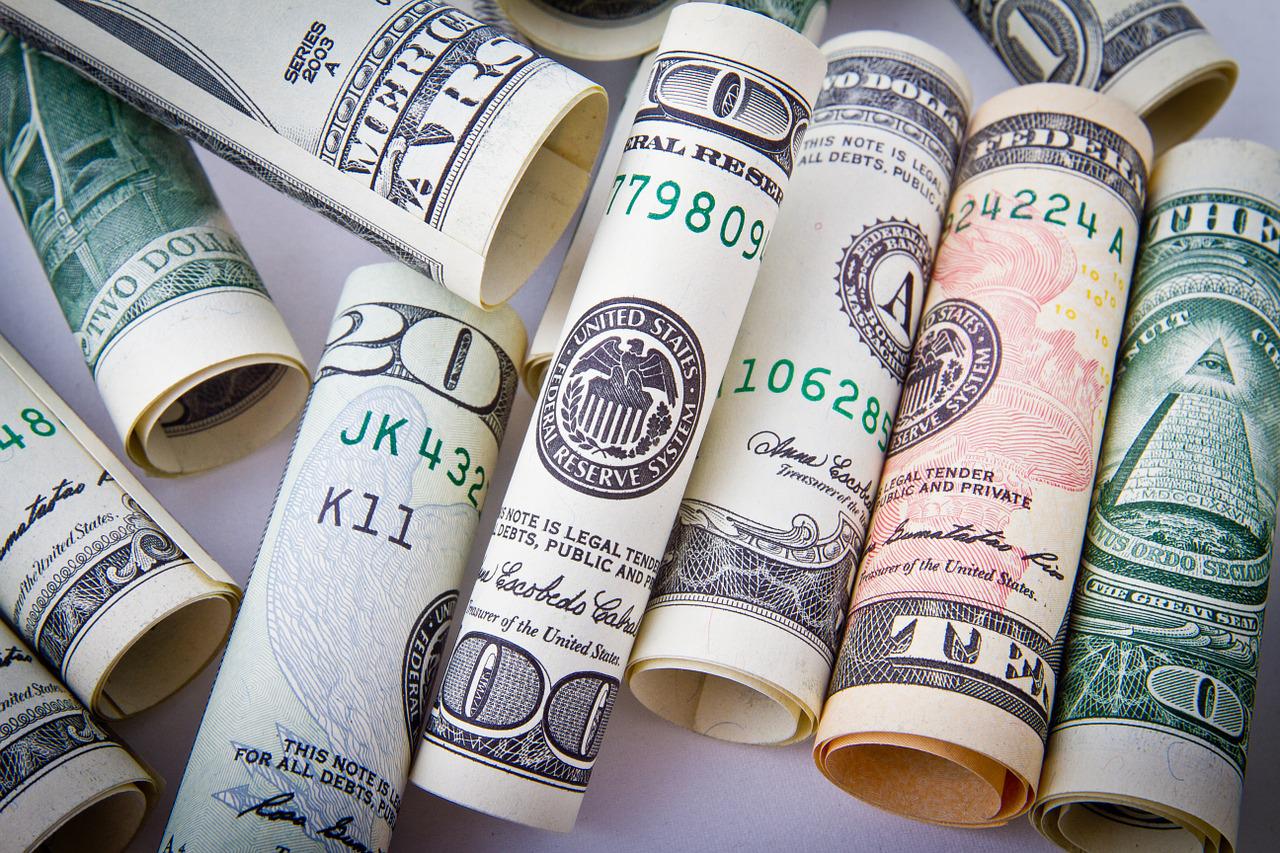On Monday, the US dollar declined against the Japanese yen to its lowest level seen in almost six weeks, as investors raised bets that the US economy would slide into a recession with the aggressive interest rate hikes of the Federal Reserve.
Interest rates to peak
The traditional measures of recession like the yield curve have declined to their lowest levels in 2022, driving investors to increase bets about the US interest rates reaching their peak by the year-end.
Last week, data showed that there was a decline in the US economy for the second quarter in a row, which has fueled debate about whether the country is in recession, or not.
On Monday, the yields on 10-year US government bonds fell to their lowest levels seen in the last four months.
They were almost 12 basis points below the levels they had been in the previous week when the US Federal Reserve decided to hike its interest rates by almost 75 basis points.
Currency analysts said that since US Treasury rates were also struggling to go back to levels that were seen before the Fed’s meeting in the previous week, the dollar was also facing the same.
The greenback kicked off the week in the same vein that it had been trading at the end of the previous week. This is because of the currency’s exposure to its peers that have cheap valuations.
Dollar declines
The dollar declined on Monday to go below 132 yen, which is the lowest the currency has been since mid-June.
This brings it down almost 5% from a peak in late 1998 close to 140 yen, which the greenback had it in the previous month.
The official measure of Chinese factory activity also fell in July, as demand was weighed down because of new flare-ups of the coronavirus.
In addition, German retail sales also recorded their biggest fall year-on-year since 1994. Therefore, London trading saw investor sentiment turn cautious.
Dollar index
There was also a weakening in the broader US dollar index, which measures the currency against a basket of its major rivals. It declined 0.6% to come down to its lowest level since the beginning of July at 105.30.
The latest positioning data for the week showed that traders had cut back on their long positions on the dollar.
Market analysts said that investors were now going up against central banks over their efforts to tame inflation by aggressively hiking interest rates.
The markets have become more and more confident that the central banks will have to slow down their aggressive policy against inflation due to the looming risk of economic recession.
At the end of the previous week, the data had shown the dollar moving in both directions. It rose initially after inflation data showed personal consumption expenditures rising at the highest pace since 2005.
However, the greenback declined after a report from the University of Michigan after consumer inflation expectations declined.
The general weakness in the dollar benefitted the euro, as it rose 0.3% to reach $1.0253.

